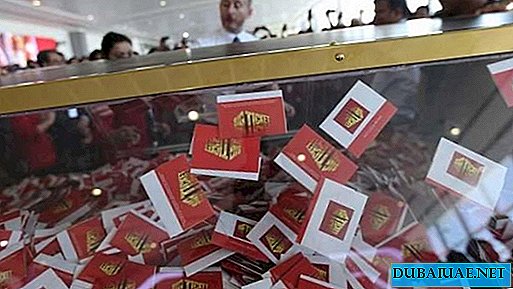Archaeological excavations have shown what Al Ain residents did in the distant past.

Archaeological finds on the territory of today's UAE tell us what the inhabitants of these places did in the Bronze Age. Many often wandered from one place to another due to the changing climate. The exception was the oasis of Al Ain.

Al Ain, one might say, was a territory of opportunity: not only due to the presence of water and fertile soil on which it was possible to grow crops. Residents of the oasis have learned to extract copper and stones from the nearby mountains. Namely, copper was Bronze Age oil: it was mined and processed in Al Ain, and then sent in bullion to the coast along trade routes that appeared back in the Neolithic.

Bronze Age merchants founded a sea trading port on the island of Umm An-Nar, next to the modern city of Abu Dhabi. It has become a real hub of international trade, which is now the capital of the UAE.

As the economy grew, local residents began to erect towers from clay with numerous rooms and wells in the center. In addition, they built and elevated tombs. One of these towers is called Healy 8 (the same name as the archaeological site): it was built more than 5 thousand years ago and discovered by French archaeologists in the 1980s. It was proved that the tower stood in the middle of the village where they were engaged in agriculture.

In the Bronze Age, Al Ain residents produced copper implements for agricultural implements and weapons that provided protection and prosperity. Some artifacts have been found in the Qattara area of Al Ain. They were created 3000-4000 years ago, but demonstrate the technological mastery of that time.












